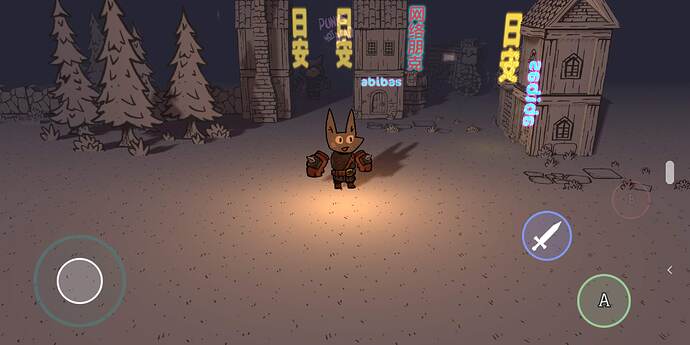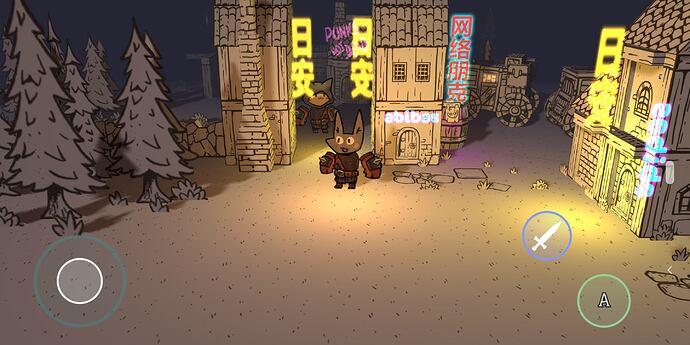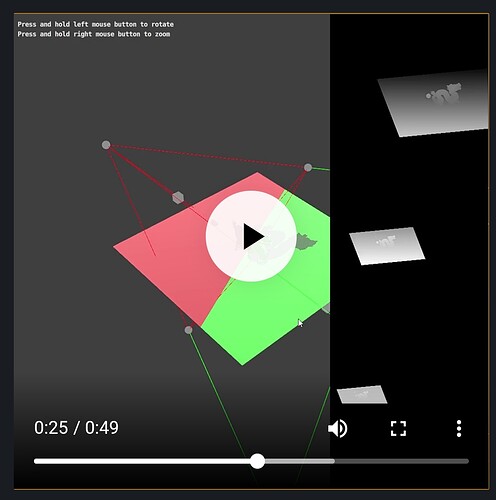Sorry, but I always use highp. I hate low and medium precision.
I can guess that the problem may be in the sampler mapping via glGetUniformLocation(). Or there might be a GLES2 legacy hiding somewhere, which prevents float samplers from being set correctly. This, by the way, may be indicated by the crash of the build when trying to use float formats other than R32F.





 jhonny@defold.se
jhonny@defold.se you can do the sampling yourself aswell but it’s a bit expensive for low end I’m afraid
you can do the sampling yourself aswell but it’s a bit expensive for low end I’m afraid
